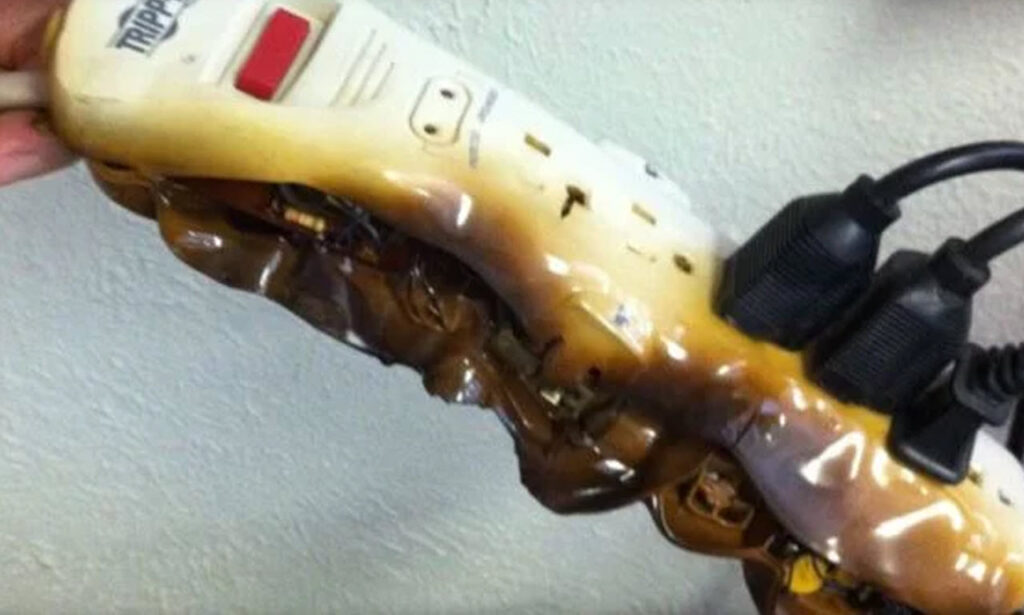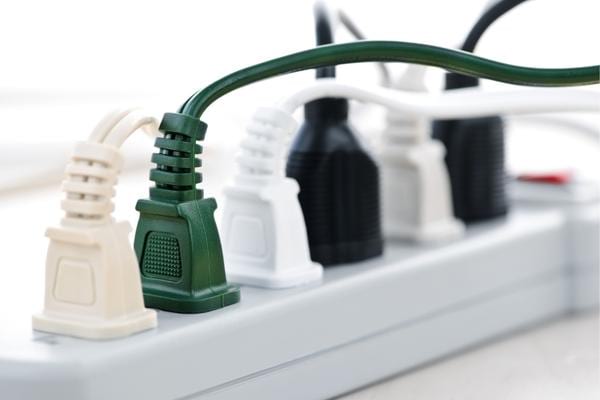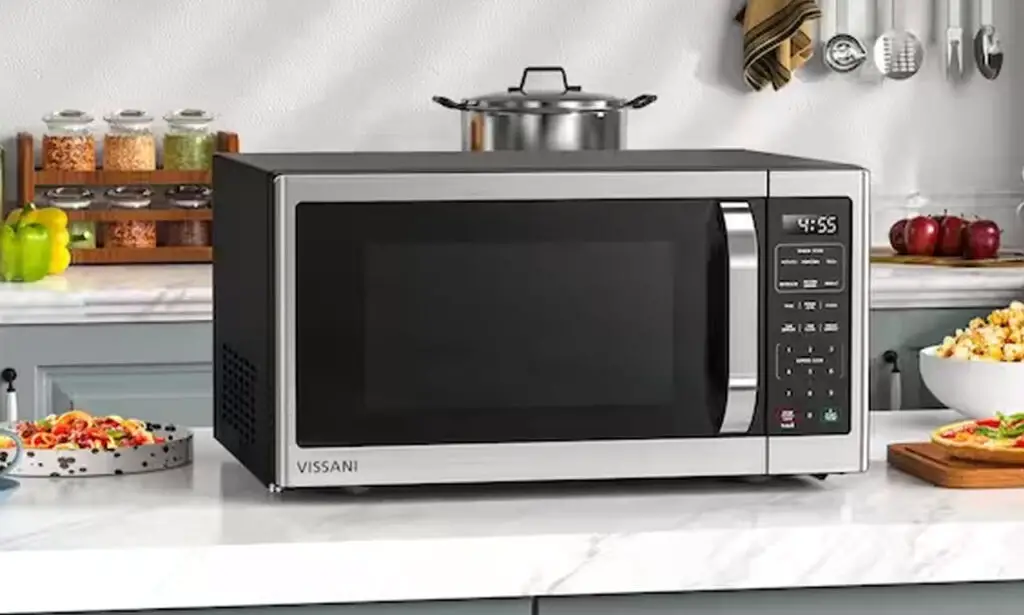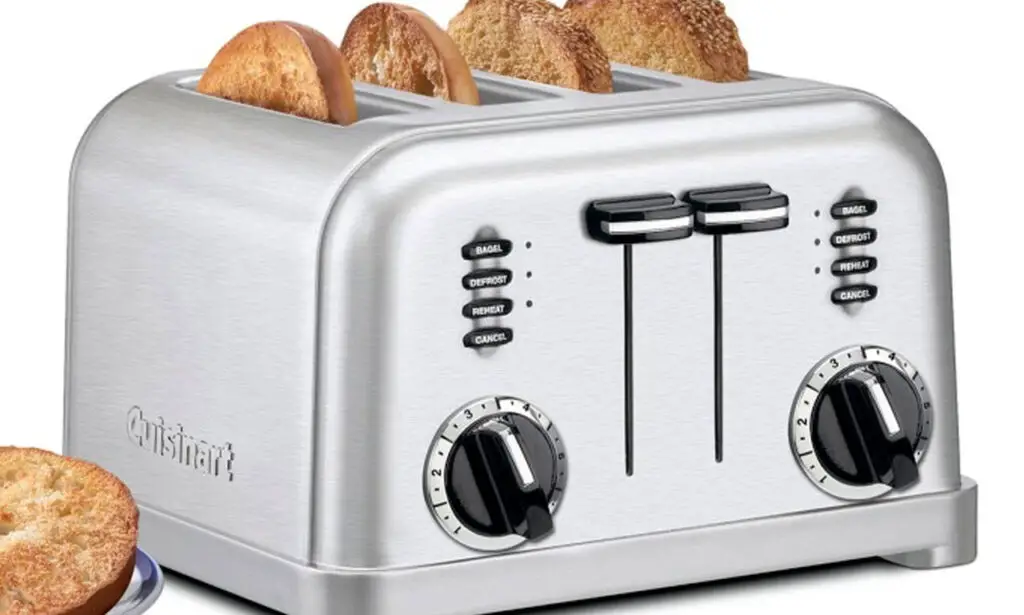Getting inside the classroom every day and trying to cope with all those students who have different personalities and learn using different strategies isn’t that easy. However, watching a shy student raising their hand and speaking in front of the whole class, or seeing a struggling student getting an ‘A’ makes you realize that it’s all worth it. It requires only special people to be teachers, because not everyone can rise to the task of shaping young minds into compassionate and responsible people who’d become a valuable part of the community.
The ideal teachers always go the extra mile just to make sure their students are doing their best to achieve the most they can. This help usually expands outside of the classroom too. And even if this effort may not be recognized by the parents, the school’s principal, or the community, that doesn’t really mater, because teachers know how great of an impact they make.
One physical education teacher from Valdosta, Georgia was giving his students a lesson in basketball when one of them, a girl named Kristin Paulk, approached and asked him whether he could do her a favor. The teacher said yes even before he knew what she would ask. The girl then said: “Can you tie my hair in a ponytail?” The teacher didn’t think twice before he knelt down and started doing her hair. Meanwhile, a fellow colleague named Kandice Anderson noticed the quite unusual sight and decided to put it on tape. She later posted the video on her Facebook page, writing:
“When your job goes beyond teaching… #CoachO #Love”
Kandice only wanted to show her friends what it really takes to be a teacher, and never did she think the video would be seen more than 3 million times. The phys ed teacher had no idea his kind act vent viral and he became famous. People found this way too adorable, and he was featured on Good Morning America.
“It was shocking to me that it got that much attention because we all do it.”

The teacher has three children on his own so he happens to know how to make a ponytail. He jokes how his expertise in hair styling stops there and if sweet Kristin wanted a more complex hairstyle she should have probably asked someone else to do it for her.
Kristin’s mother was also a guest at Good Morning America where she shared how she felt like after watching the video. She says she is more than happy knowing her girl has a teacher who cares so much.
We hope there are more teachers like this coach out there, who would do anything for their students’ well being.
This video is the sweetest thing you’ll see all day.

9 things you should never plug into a power strip

When we think of the past, one of the first thoughts that runs through our mind is how people lived without electricity. Nowadays, we can’t even imagine a day without it because all of our appliances and devices run on electricity.
The truth is, however, that most homes don’t have enough power outlets to keep everything running and charged, so most of us rely on power strips without being aware that appliances that consume a lot of energy become dangerous fire hazards when we plug them into a power strip.
Although power strips are the thing to go to when it comes to charging your phone or power an entertainment setup, there are certain devices that should never be plugged into a power strip.
Air conditioners, space heaters, toasters, and other appliances that use high wattage can easily cause power strips to overheat, which can easily lead to a fire hazard.

Even before plugging anything into a power strip consider the ammount of power they support. This is usually listed on the product itself.
High-capacity appliances need to draw a lot of power through an electrical circuit to work. Keep in mind that an appliance does not need to be large in size to draw large amounts of power.
Below is the list of appliances that should never be plugged into a power strip.
1. The oven: Even though the oven is not used continually, it is a power-hungry appliance that should not be plugged into a power strip. In fact, it should be plugged into its own wall outlet on its own circuit.
2. Refrigerator: Refrigerators require a lot of power and frequently cycle on and off which can easily overload a power strip and cause damage. Much like the oven, refrigerators require a wall outlet dedicated solely to powering the appliance.

3. Washing Machine: When turned on, washing machines pull a lot of power. This is the main reason why these appliances shouldn’t share a receptacle with any other appliance or device.
Most washing machines use a max of up to 1400 watts, putting it dangerously close to the max load of most power strips. On top of that while working, washing machines are usually left unattended and work longer hours, at least an hour, which is long enough for a power strip to overheat.
4. Heating: Portable heaters should never be plugged into a power strip because most of them use 1,500 watts of energy on their high setting and they usually run for extended periods of time.

5. Microwave: Since they consume a lot of energy when used, most microwave ovens are plugged into their own receptacle and that is always a good practice.
6. Coffee Maker: Those who own a coffee maker are not fully aware of the power these appliances use, and this is why they should never be plugged into any sort of power strip or extension cord.

7. Toaster: You may think that browning up slices of bread or bagels doesn’t require a lot of energy, but the truth is that toasters use a lot of energy when in use and they should be plugged directly into the receptacle rather than a power strip.
8. Another Power Strip: Power strips are not meant to be used in conjunction with another power strip, although many people do exactly that. This, however, violates most safety codes because it can easily lead to overloading the electrical system.
9. Electronics (Computer, TV, Router): These types of electronic devices don’t necessarily use a lot of power on their own, but they are sensitive to surges and you can find yourself with a burnt out computer or TV very quickly if you plug them into a power strip.
If you want to protect these sensitive devices from power surges, opt for a power strip that functions as a surge protector.





Leave a Reply